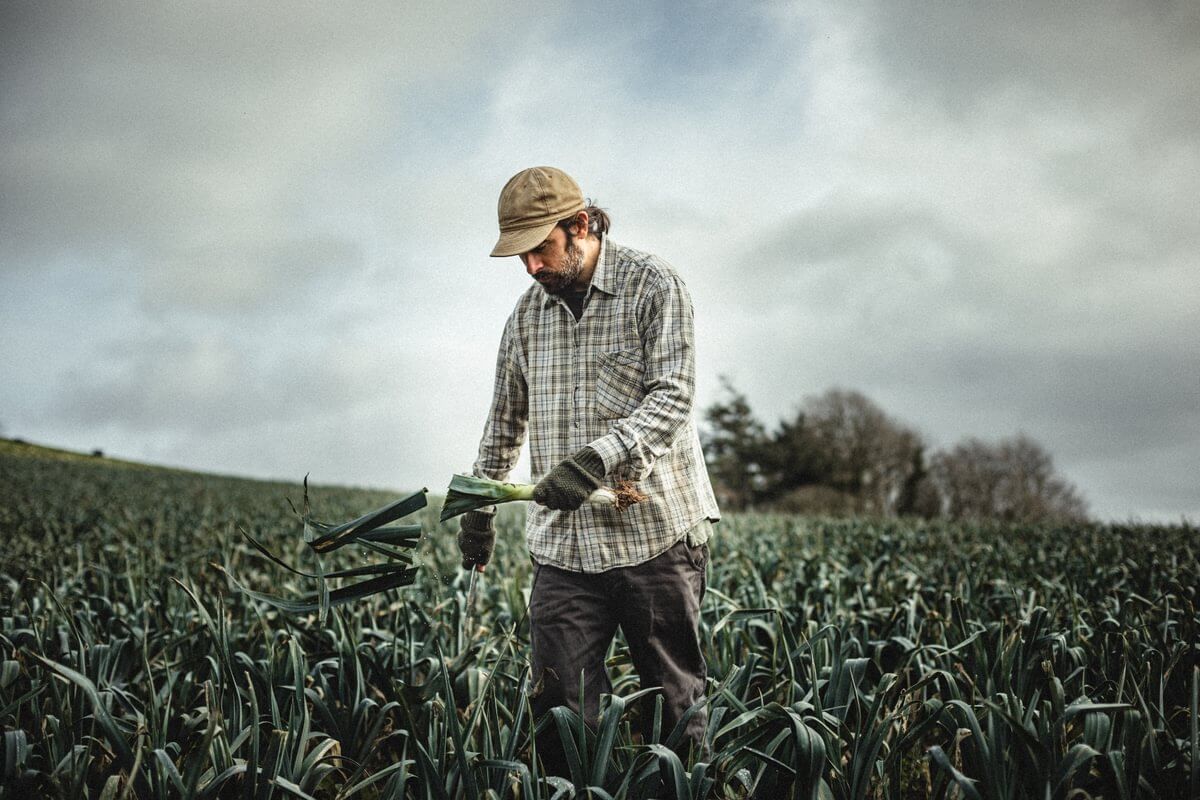According to the gov.uk website “On the best science available, no harm will come to people who consume an amount of pesticide that is below the safety limits for that pesticide”. Yet 147 pesticides I was assured were safe in the 1970s, based on the “best science available” at the time, have subsequently been banned, as risks to users, the environment or the public have emerged. Why has the regulatory approach repeatedly underestimated risk from pesticides?
The “cocktail effect” might explain some of the failures. Assessments almost always look at toxins in isolation, despite the fact that synergistic or “cocktail effects” (whereby two toxins can create effects together greater than the sum of their individual toxicities), were first proven in the 1960s and are now well established. With two thirds of fruit and veg containing detectable pesticide residues, and with so many chemical toxins in our environment, the possible combinations are almost infinite, making realistic assessment impractical.
A second possible reason for science getting it wrong is the assumption that the dose determines the poison. Hormones don’t work in this way; their action, through time and site specificity, is much more subtle. Many pesticides are known endocrine (hormone system) disruptors, so we shouldn’t be surprised to find unexpected effects at minute doses, often below those considered “safe”.
It’s easy to design an experiment to determine whether a chemical kills or damages a rat (and by extrapolation poses danger to humans) if the effect is quick, short-lived and in isolation. If the effect is slow, things get harder. If it is complicated by interactions with other chemicals, environmental factors or disease, things get progressively more complex until convincing results become
practically impossible to obtain. Absence of convincing results has too often been taken as evidence of safety.
Based on the evidence of history and on common sense, I believe there can be no absolutely “safe” level for pesticides (especially endocrine disruptors); only degrees of risk which you may or may not deem acceptable. For those with the time and interest please see riverford.co.uk/pesticides-you-decide for an extended version with references.














0 Comments